
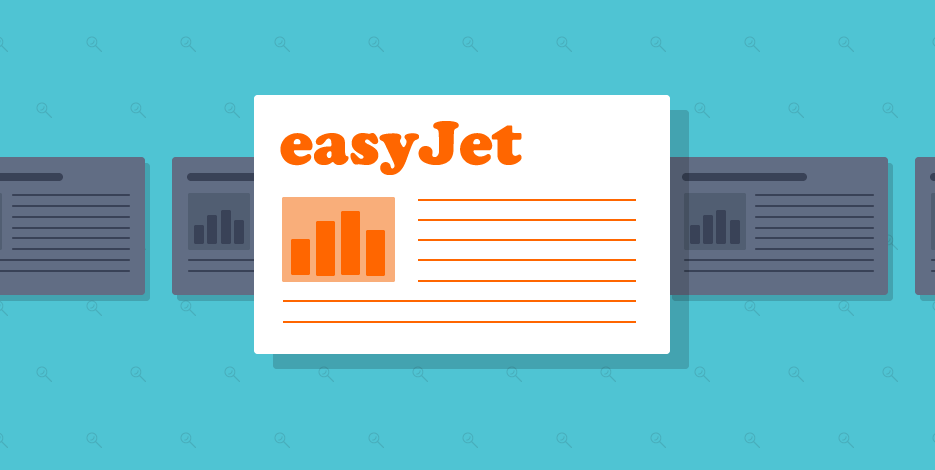
EasyJet Transformed Email Personalization by Seeing Memories not Data
EasyJet has become, after 25 years in the airline business, something more than just an airline-now a household name, the brand used a little more than just offers: Email personalization was what helped the brand spread its wings!

The aviation industry was an industry that offered a “luxury product”. In other words, something with too high a cost.
Its revolutionary business model showcased how an aviation company can offer low-cost options to travelers.
Moreover, it showcased exactly how it can sell those options, both via the Internet and on the phone.
But what was the deal with their marketing tactics?

(Source)
You don’t get to be a household name just by being great at what you offer… You need to craft great stories to boot.
And EasyJet found a great way to make use of that universal demand, through email personalization.
The Challenge
The purpose of the company since its launch in 1995 was very challenging. EasyJet wanted to dominate a very pressing area, that of aviation.
And their way to the top went by fulfilling the very specific demand for making air travel accessible and affordable.
In 2010, EasyJet decided to become something more than a low-cost aviation company.
In the relatively new-at that time-era of personalization, EasyJet’s purpose was to become a truly customer-centric brand.
- But how would that happen?
- How would EasyJet not fall into the trap of patting itself on the back and congratulating itself?
- How could it acknowledge the fact that, in all fairness, its customers were the most important force behind the business?
And more importantly:
How would EasyJet create a unanimous experience that would appeal to all customers, regardless of their cultural background?
The Solution
Data.
This was the one thing that made all the difference.
In 2015 and for the 20 years since its “launch”, EasyJet came up with the following idea: “How 20 Years Has Flown”.
The experiences of the customers were the glue that made them and EasyJet stick together.
Those experiences were perfectly described by data.
And that data was the key to unlocking one of the most wonderful examples of personalization.
The main idea for that campaign was to showcase the course of each individual customer with the aviation company, in the 20 years since it first launched.
The aim of this action was to bring customers to the forefront.
The real challenge was to leverage data to craft an email that wouldn’t just showcase the user’s travel history.
The true need was for the email to tell a story that would be well-crafted, well-thought-of and would cause an emotional response that would be just right, without being too obvious.
Now, how would EasyJet craft a storytelling email as elaborate as that without looking fake or too much?
EasyJet’s data scientists and marketing team had to dive deep into the pool of data, figure out the patterns that emerged and then find a way to create a personalized, tailor-made email that would look and feel unique.
Nowadays, this wouldn’t feel challenging at all, courtesy of email marketing and marketing automation platforms like Moosend, where its next-level AI can create that kind of result, hassle-free.
But four years ago, this was a real challenge.
Amidst customers that had gone on only one trip with EasyJet, frequent flyers and people that had traveled with the company just a month before that email was meant to be sent, the brand needed to create a story.
A story that would have staple brand pillars while adapting to such a different crowd
That would be easy to translate and adjust to different languages and appeal to different cultures and backgrounds.
And, in the end, that would make people engage with the brand and encourage them to think about and go over their next trip, helping EasyJet dominate the field once more.
So, here’s how they managed to adapt and overcome:
Each email showcased the customer’s history:
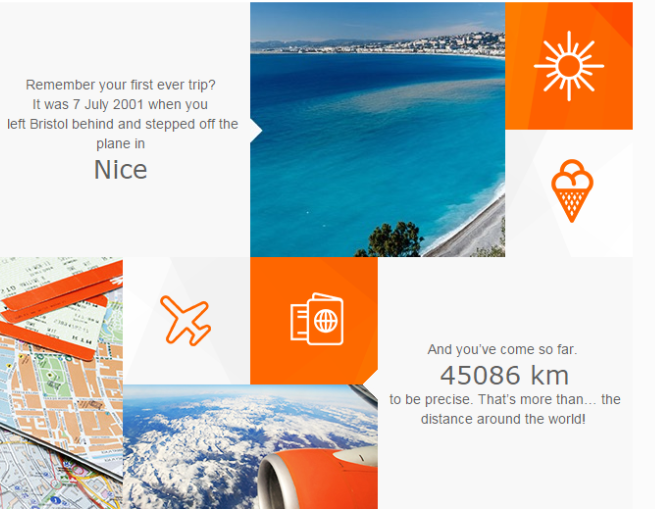

(Source)
(These are two different emails of two different individuals)
What they used is something all brands love to use now.
From Instagram marketing to email marketing, most platforms offer this option (Moosend’s on the list, of course):
- a countdown for upcoming trips and holidays,
- a reminder of the days that had passed since their last journey
- and suggestions of similar destinations they hadn’t traveled to with EasyJet
The data of other customers with similar travel behavior was what helped make the estimate.
A key factor that played a major role was eliminating the destinations that had no direct route from the airport each recipient most frequently traveled from.
And boom!
Email personalization-or hyper-personalization:
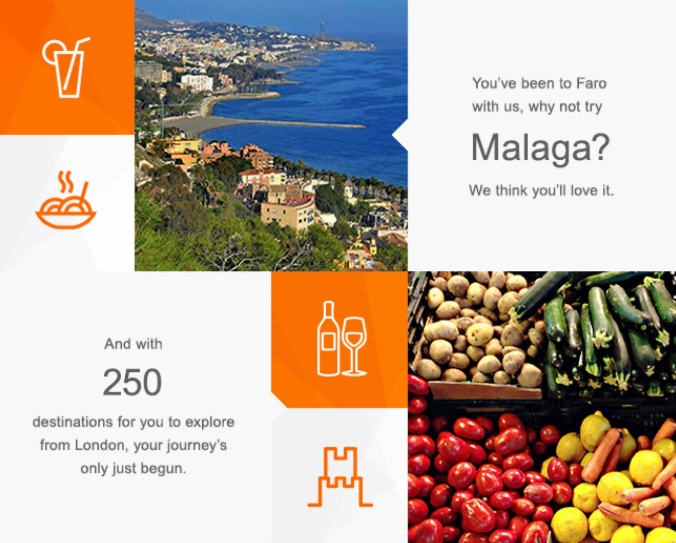
But using clever copy and imagery wasn’t the only element that ensured success.
EasyJet delved a bit deeper and showed travelers what their journeys really were, in numbers: the number of miles they’d traveled, and the number of times they’d picked a window seat.
The content itself included a massive amount of variables, a lot of code and the end result was more than 12 million unique emails for that “Thank you for your trust” campaign.
The Results
Since this was no average newsletter, it saw more open and click-through rates than the average EasyJet newsletters.
In fact, the company saw this staggering increase: “more than 100% higher open and 25% higher click-through rate”.
But since this email’s main point was to drive engagement… What about it?
The campaign was dubbed a success within minutes.
Hundreds of eager recipients shared their email story on social media platforms and more than half of them claimed to “love” it, making this word the keyword of this successful, hyper-personalized campaign.
It was the campaign that proved the undoubted fact: That personalization is the key to engagement and engagement is what drives success in brand awareness, transactions and everything in between.
And here are some rough numbers that prove the power of personalization:
- 7.5% of the recipients made a booking, 30 days after they received their “story”.
- This campaign was 14 times more effective in provoking a certain emotional response than previous promotional campaigns.
- In Switzerland, EasyJet saw a 30% increase in conversion.
The Upshot
Four years after that campaign, we can surely say that hyper-personalization like that is not difficult to happen anymore, especially if you’re using an email marketing and automation platform like Moosend.
Moosend’s next-level personalization gives you the opportunity to make spot-on recommendations and use triggers to send out just the right thing at just the right time.
Just take a look at that:

Moosend’s shiny and easy as pie editor offers senders the opportunity to segment and personalize with pretty much everything-including the countdown timer I mentioned before.
Or even the lesser-known personalization tactic that is bound to make you shine: Weather-based emails for you and yours, to make your campaigns look like this:
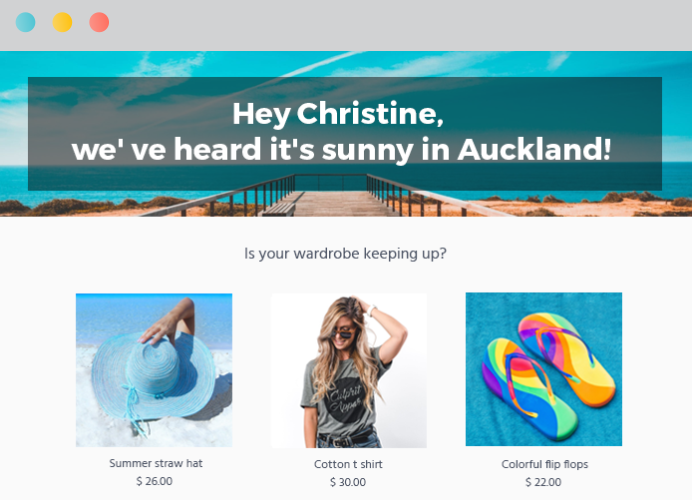
Register for a free account and try it for yourself, shiny editor and freakishly good and easy automation and all, if you want to make sure you can do it like EasyJet.
But let’s recap:
EasyJet’s campaign leveraged the power of hyper-personalization and here’s what happened to the popular aviation company:
- EasyJet became a staple for many customers by using powerful storytelling made by the travelers themselves and not by something they could just “relate to”.
- The brand managed to get an emotional response by crafting an anniversary email using user data.
- It maximized its revenue and proved the link between personalization and conversion.
- Its original, customer-centric idea was a success: Traveling is for all people and should be an experience and not a luxury item.
Takeaway
All in all, it would’ve been super-easy to just craft a boring anniversary email that would just offer a discount to “celebrate”, but would that have been worth it?
No, definitely not.
Would that have been engaging, emotional and effective in driving that many sales?
Again, the answer is no.
But with the proper copy and visuals and the right data, a standard email like that one, can definitely be something worth mentioning and remembering.
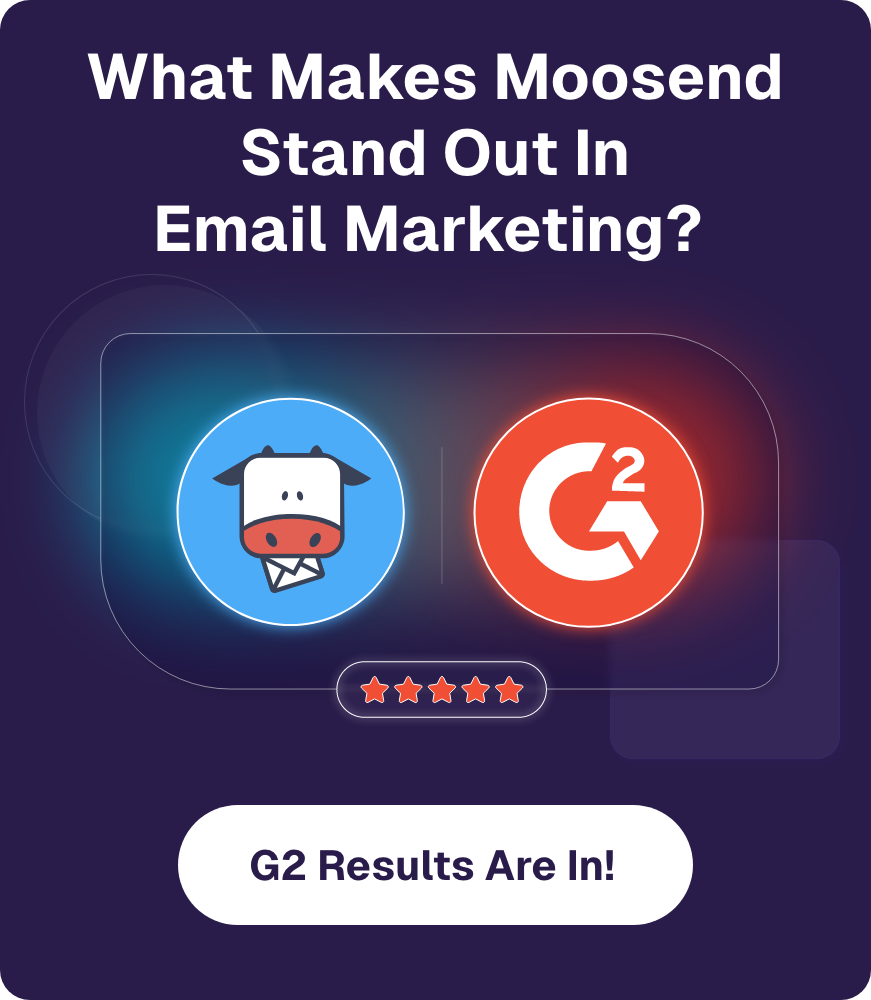



 Published by
Published by
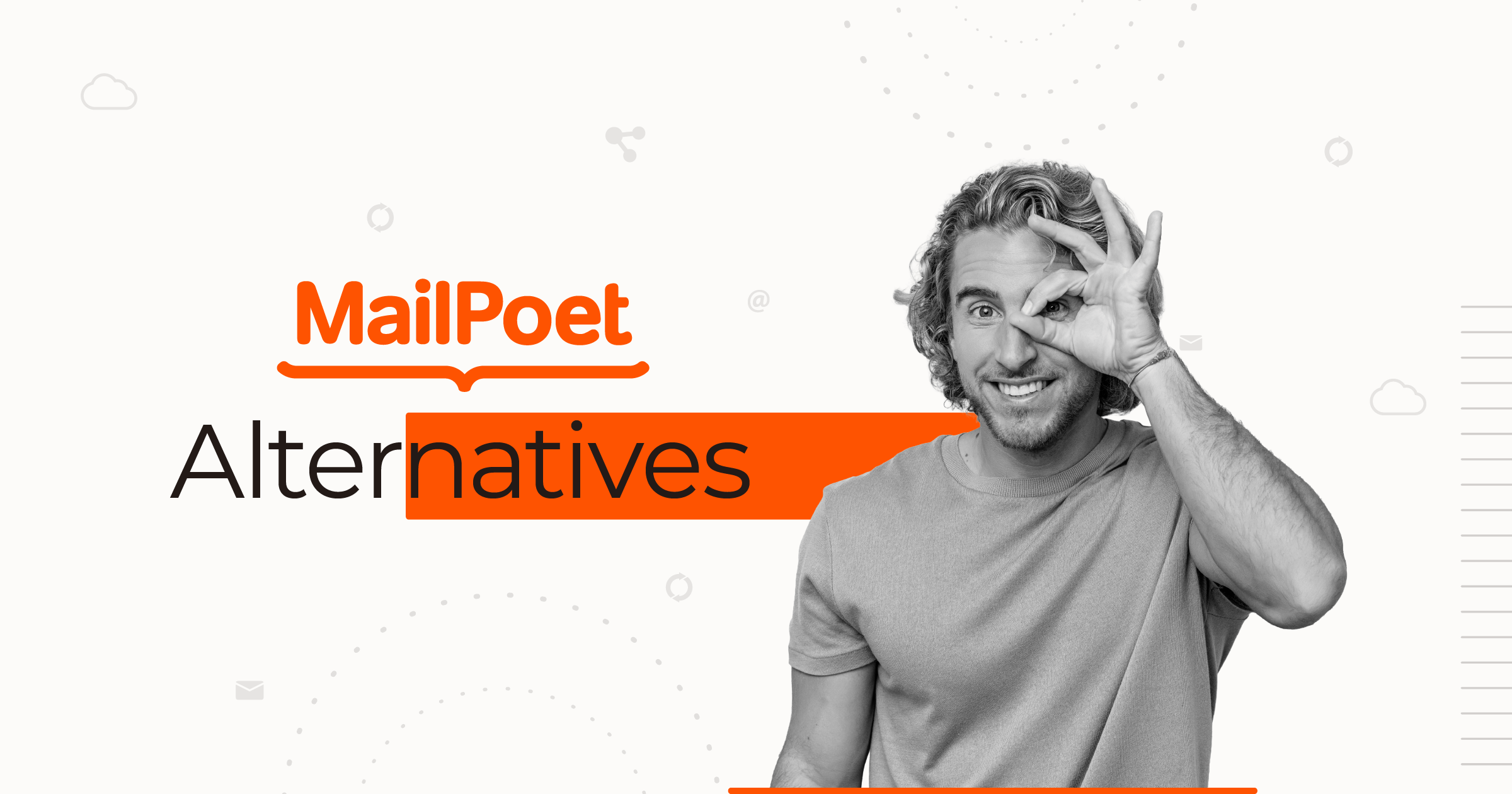
 Published by
Published by
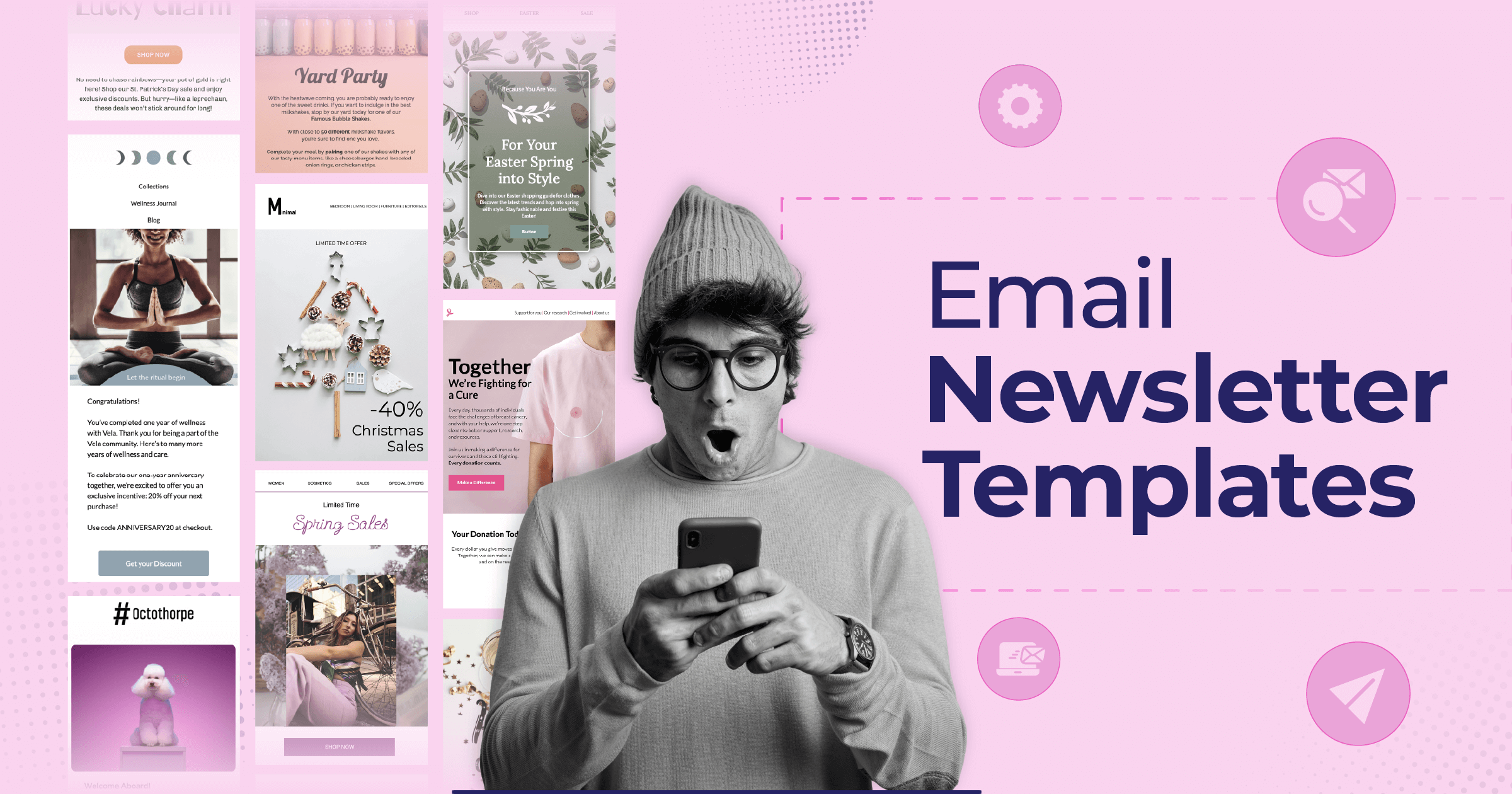
 Published by
Published by